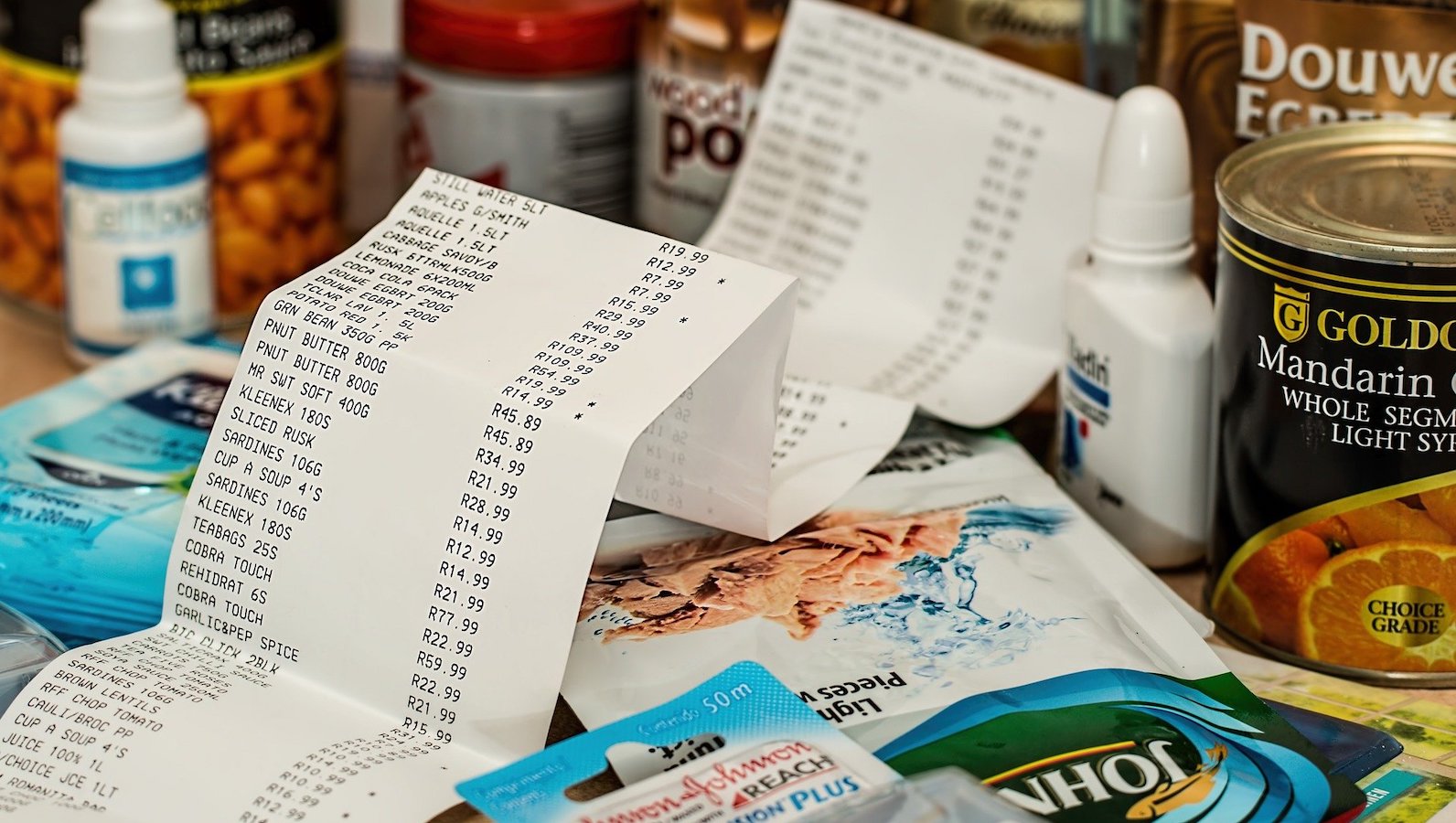
Stimulus payments: Watch out for scams, and learn how to get your money if you didn’t get a check in 2020
No, you don't have to pay a 'small processing fee' to claim your $600 payment

Some of your friends or relatives or co-workers likely received their stimulus payments in their bank accounts today. Did you?
The federal government last week said payments of up to $600 per person will start going out Jan. 4 and will continue for several weeks. Some will be by direct deposit; others will be by a mailed check or debit card. (Given the performance of the U.S. Postal Service in recent months, good luck with that).
The danger for consumers is if they allow desperation or greed to suck them into a scam. Resist the temptation to suspend your common sense.
Here are some tips and things to know:
-
To check whether you’re eligible for any stimulus payment from the federal COVID relief law, go to the IRS website. However, the tool to check the status of your payment is intermittently offline.
-
Most people will receive their money automatically, without taking any action. If necessary, you can resolve this when you file your 2020 tax return.
-
Keep an eye on the bank account where you got your last stimulus payment or the bank account the IRS has on file for you. Any direct deposit should land there this week or in the coming weeks.
-
If you didn’t get a payment for the last round of COVID relief last year, watch your mailbox. You may have received last year’s payment previously and mistakenly threw it away. Or there could have been an error that gets corrected this time around with the new, $600 payment. In any case, you have more motivation to go through your mail carefully. The U.S. Treasury said it started mailing checks Dec. 30. Some people will receive a debit card instead.
-
The second round of payments is generally $600 for singles and $1,200 for married couples who filed a joint return. In addition, families with qualifying children will receive $600 for each qualifying child. Dependents who are 17 and older are not eligible for the child payment. Eligibility is based on an adjusted gross income up to $75,000 for individuals and up to $150,000 for married couples filing jointly. Generally, people are eligible if they’re U.S. citizens or resident aliens who are not eligible to be claimed as a dependent on someone else’s return.
-
Watch out for scams. Neither the IRS nor banks will contact you asking for any personal information. There already are fraudulent text messages, emails, phone calls and social media posts that request “a small processing fee” or personal information supposedly needed for people to get their COVID impact payments. If you get a call or text or email, do not call the phone number left and do not click on any links. Either ignore the messages or, if you’re concerned, contact your bank or the IRS at a number you look up independently.
For example, the Better Business Bureau says it’s received complaints from consumers enticed by links to “request” benefit payments. “The link will take you to an application, which prompts you to enter information in order to ‘make sure you are getting all the payments owed to you,’ ” the BBB says.
-
People who were eligible but didn’t receive either the first or second round of what are called “economic impact payments” will be able to recoup their money when they file their 2020 tax returns in the coming months. On tax materials, people will see the economic impact payments referred to as the “recovery rebate credit” (RRC) on Form 1040 or Form 1040-SR because the payments are technically an advance payment of the RRC.
-
Remember you may be eligible for payments based on your 2020 income, even if you weren’t eligible based on your 2019 return. “The IRS cannot correct or issue additional payments based on your 2020 income until you file your 2020 tax return in 2021,” the IRS says. “The IRS used your 2019 tax return (or 2018 if 2019 wasn’t on file) to determine your eligibility and calculated any Economic Impact Payment. If you don’t get an Economic Impact Payment in 2020 or you don’t receive the maximum amount, you may be eligible to claim the Recovery Rebate Credit when you file your 2020 federal income tax return in 2021.”
-
Save your letters from the IRS (notice 1444) with your tax records, the IRS says. You’ll need to refer to the amounts of any payments received when you file your 2020 taxes.
-
The IRS encourages taxpayers who didn’t get either or both payments to review their eligibility. Many, including recent college graduates, may be eligible, the IRS says.
-
People who aren’t normally required to file tax returns but are eligible for the impact payment can file a tax return for 2020 and claim the recovery rebate credit.
-
If Congress approves legislation for additional payments, the U.S. Treasury will issue those payments “as quickly as possible,” the IRS said.
Topics
Authors
Teresa Murray
Consumer Watchdog, U.S. PIRG Education Fund
Teresa directs the Consumer Watchdog office, which looks out for consumers’ health, safety and financial security. Previously, she worked as a journalist covering consumer issues and personal finance for two decades for Ohio’s largest daily newspaper. She received dozens of state and national journalism awards, including Best Columnist in Ohio, a National Headliner Award for coverage of the 2008-09 financial crisis, and a journalism public service award for exposing improper billing practices by Verizon that affected 15 million customers nationwide. Teresa and her husband live in Greater Cleveland and have two sons. She enjoys biking, house projects and music, and serves on her church missions team and stewardship board.
Find Out More

Another winter during COVID-19: How to stay safe and sound

Nursing home safety during COVID: Cases and vaccines

Nursing home safety during COVID: Cases and Vaccines
